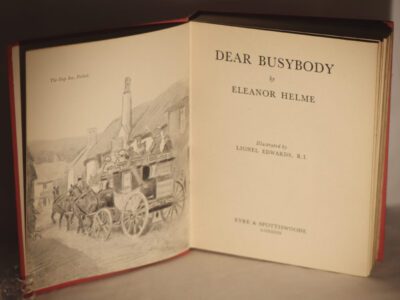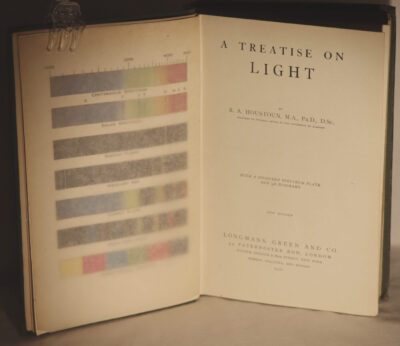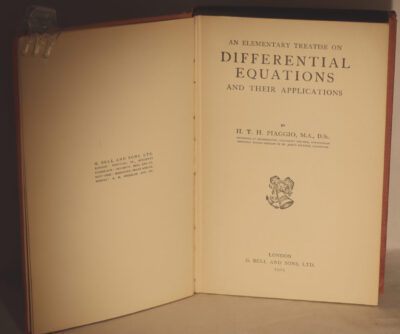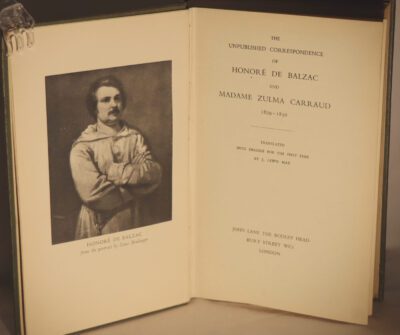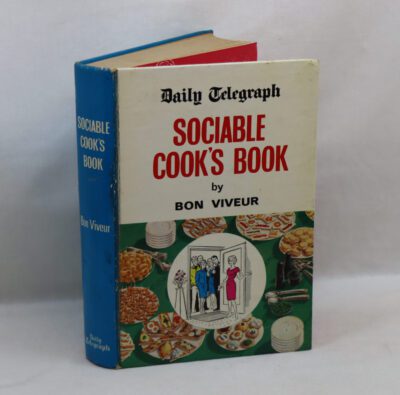Indian Love.
By Laurence Hope
Printed: 1912
Publisher: William Heinemann. London
| Dimensions | 15 × 22 × 1.5 cm |
|---|---|
| Language |
Language: English
Size (cminches): 15 x 22 x 1.5
Condition: Good (See explanation of ratings)
Item information
Description
Hardback. Tan cloth spine with green title. Grey hardboard boards.
We provide an in-depth photographic presentation of this item to stimulate your feeling and touch. More traditional book descriptions are immediately available
- Note: This book carries a £5.00 discount to those that subscribe to the F.B.A. mailing list
For conditions please view our photographs.
Violet Nicolson, also known as Adela Florence Nicolson, attempted to pass these verses off as translations of various poets, but this claim soon fell under suspicion. Her poems often used imagery and symbols from the poets of the North-West Frontier of India and the Sufi poets of Persia. She was among the most popular romantic poets of the Edwardian era. Her poems are typically about unrequited love and loss and often, the death that followed such an unhappy state of affairs. Laurence Hope was the pen name of Adela Florence Nicholson, whose cousin, Indian-born Byam Shaw, illustrated her posthumous poems, which she claimed were translations, but were really inspired by her years in India as a daughter and army wife. Her false claim inspired Somerset Maugham’s short story, “The Colonel’s Lady”. Shaw’s passionate art is considered as among his best work. As Hope, her passionate romantic poetry was popular. She published three fine volumes of love lyrics inspired by India of which this is the third.
Violet Nicolson (9 April 1865 – 4 October 1904), otherwise known as Adela Florence Nicolson (née Cory), was an English poet who wrote under the pseudonym Laurence Hope. In the early 1900s, she became a best-selling author. She was born on 9 April 1865 at Stoke Bishop, Gloucestershire, the second of three daughters to Colonel Arthur Cory and Fanny Elizabeth Griffin. Her father was employed in the British army at Lahore, and thus she was brought up by her relatives back in England. She left for India in 1881 to join her father. Her father was editor of the Lahore arm of The Civil and Military Gazette, and it was he who in all probability gave Rudyard Kipling (a contemporary of his daughter) his first employment as a journalist. Her sisters Annie Sophie Cory and Isabel Cory also pursued writing careers: Annie wrote popular, racy novels under the pseudonym “Victoria Cross,” while Isabel assisted and then succeeded their father as editor of the Sind Gazette.
Adela married Colonel Malcolm Hassels Nicolson, who was then twice her age and commandant of the 3rd Battalion, the Baluch Regiment in April 1889. He had apparently gained a reputation for derring do, once crossing the Mango Pir River by hopping from one crocodile’s back to another. A talented linguist, he introduced her to his love of India and native customs and food, which she began to share. This widely gave the couple a reputation for being eccentric. On the Zhob Valley expedition of 1890 she followed her husband through the passes of the Afghan border disguised as a Pathan boy. They lived in Mhow from 1895 until early 1900. After he died in a prostate operation, Adela, who had been prone to depression since childhood, committed suicide by poisoning herself and died at the age of 39 on 4 October 1904 in Madras. Her son Malcolm published her Selected Poems posthumously in 1922.
Want to know more about this item?
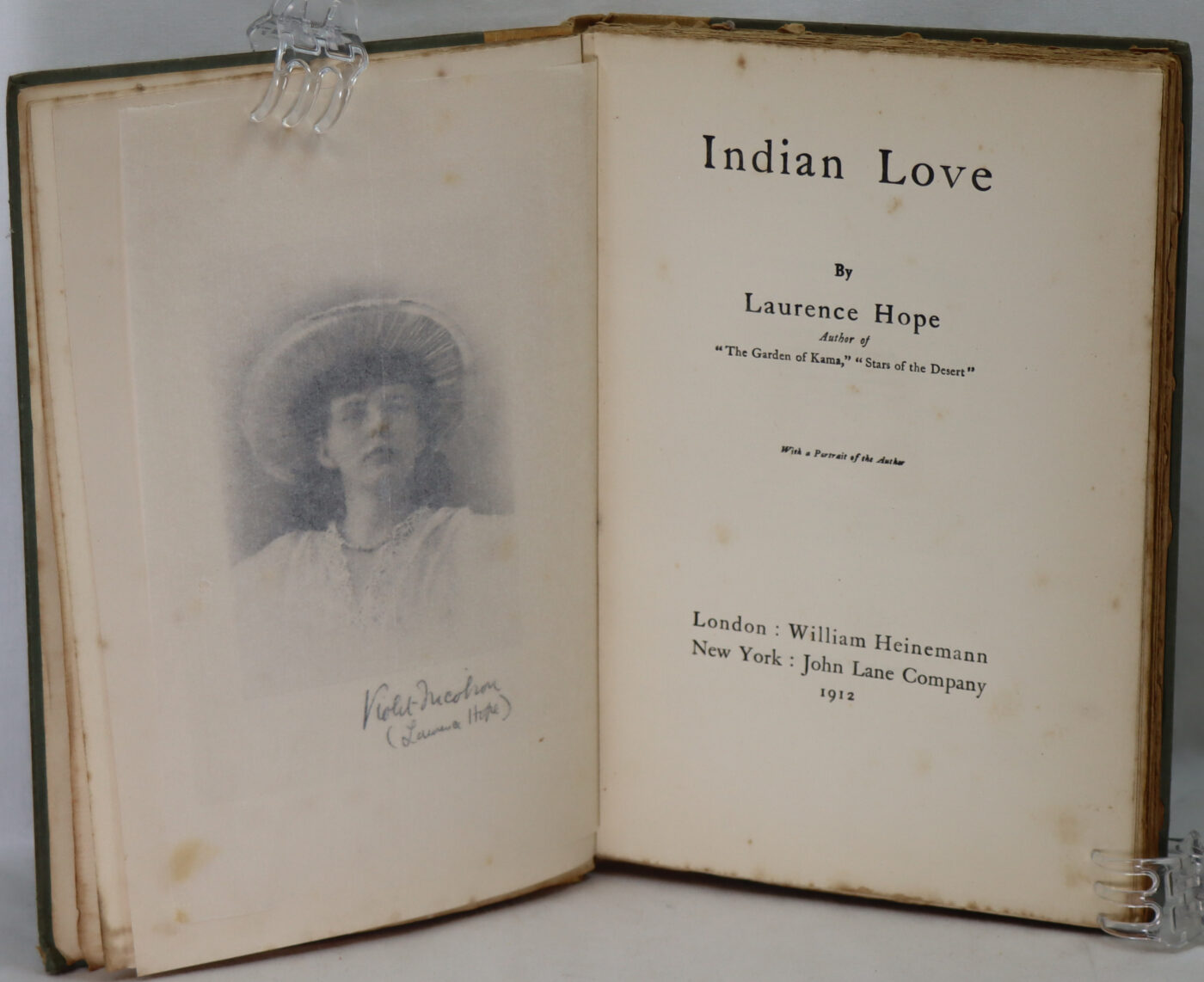
Related products
Share this Page with a friend



